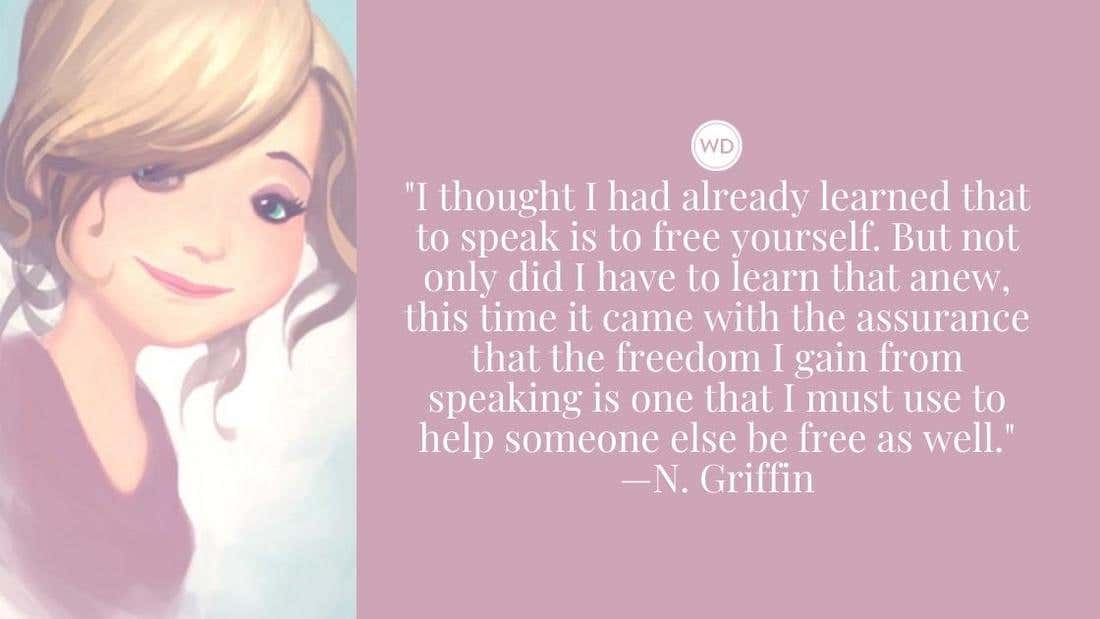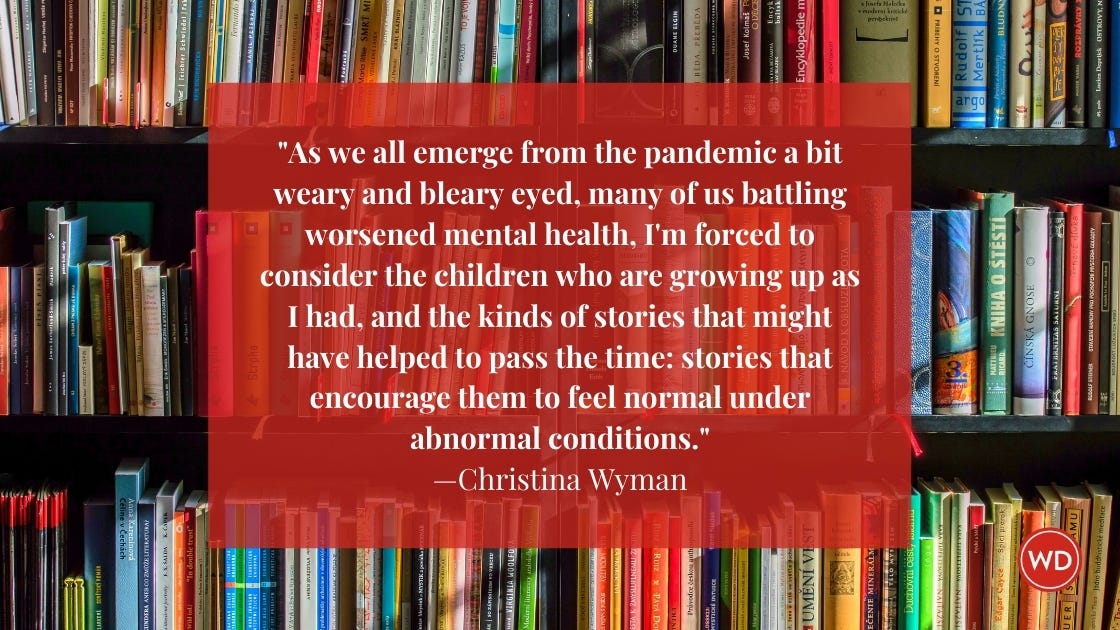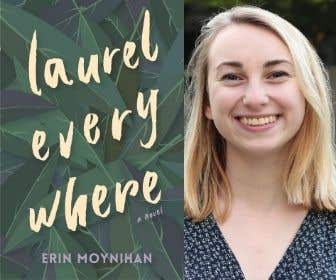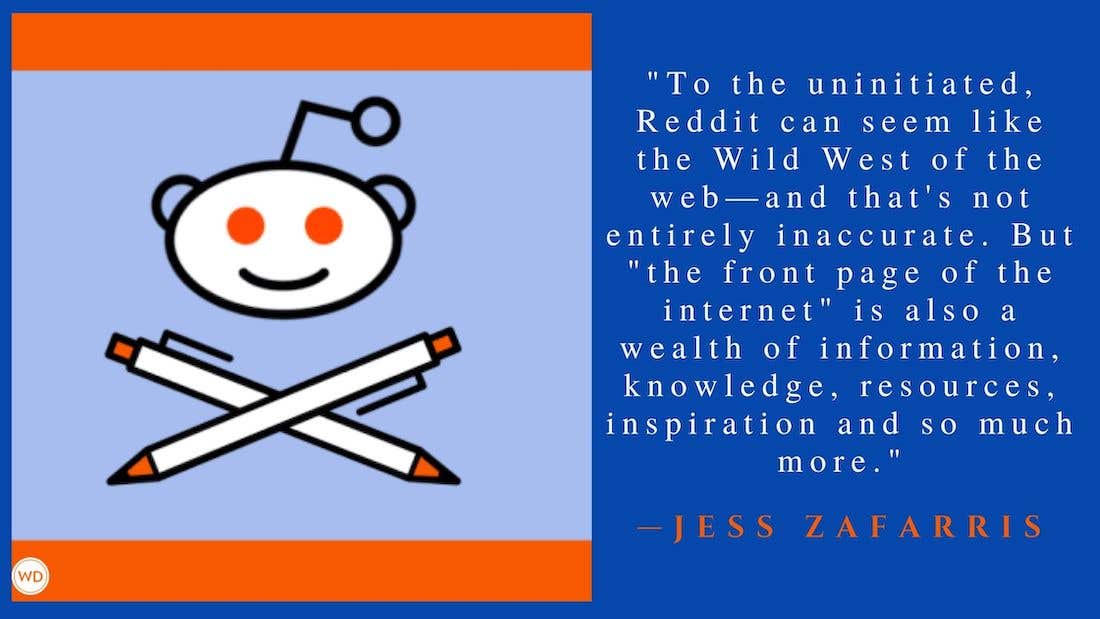Q&A With Newbery Winner Linda Sue Park
Linda Sue Parks won the 2002 Newbery Medal for her third novel A Single Shard. She talked to Children’s Writer’s & Illustrator’s Market about working with her editor, getting ideas and doing research for her historical novels.
Clarion editor Dinah Stevenson signed Linda Sue Park's first novel after pulling her query from the slush pile. "I've been fortunate to work with her on three subsequent novels as well as a picture book," Park says. She followed-up Seesaw Girl with The Kite Fighters and A Single Shard, all historical fiction set in Korea. In 2002 A Single Shard won the Newbery Medal. Park's fourth novel, a spring 2002 Clarion title called When My Name Is Keoko, is set in Korea during World War II.
You've worked with editor Dinah Stevenson on all your books. What's the advantage of building a relationship with an editor?
Most writers adore their editors and I'm no exception. If, as I hope, my work is getting stronger as I go, a large part is due to Dinah's guidance. What I love most is the way she edits. Rarely does she make changes; instead she'll simply say what she thinks the problem is—whether it's as small as a word or punctuation choice, as big as a character, scene, chapter—and leave the answer to me. There's no doubt that the long-term nature of our relationship has been a boon; I now feel I can ask her the dumbest questions, confident that she'll always forgive my stupidity!
What are some of the difficulties of writing about other cultures?
I would say the biggest difficulty is balancing authenticity with accessibility. I want readers to be able to relate to the characters, but at the same time I want the characters to be grounded in their place and time. As an example, the brothers in The Kite Fighters have a sibling rivalry, yet not in the way American boys today might. No fistfighting, no screaming at each other, no outright meanness-because brothers would not have treated each other that way in their time. Does this make their portrayal less effective to today's readers? I hope not. I try to concentrate on the emotions—the feelings that remain the same over time and define our being human—even if the outward expression of those emotions might not be the same.
It almost seems as if the ideas for your books have started from objects (a seesaw, a kite, celadon pottery) and then fiction bubbled up around them. Is there any truth to that? Do story ideas develop as you research?
The idea for Seesaw Girl came not so much from the object as the concept-what would it be like to be a girl who could never leave her home, who could only glimpse the outside world in flashes? The Kite Fighters came from hearing my father mention his participation in the sport as a boy. But A Single Shard did grow directly out of my research. When I was reading books for Seesaw Girl, I came across several references to the fact that in the 11th and 12th centuries, Korean pottery was considered the finest in the world. I liked that—the idea of a little tiny country being the best at something. So I took notes on those pages, tucked them away for a while (more than a year, as it turned out), and eventually went back to them.
What do you like most and least about doing research? Any tips for doing historical research?
What I like most: Reading well-written sources that take me to another world for hours at a time—and being able to call that 'work'! Also, of course, finding a gem of information that is either exactly what I was looking for, or else fits perfectly into the story in some way.
What I like least: Reading long, dry, boring books and not being able to stop because the very next page might have what I need.
Tip: It's very easy to get caught up in research and find something interesting that may be appropriate to the time and place, but simply doesn't fit the story. The danger there is the writer tries to put it in anyway. Bad idea—either the story gets contorted and twisted to accommodate the detail, or the detail simply sticks out and isn't integrated. The story comes first. If it doesn't fit—no matter how fascinating—I won't put it in. But I won't throw it away either. I'll save it for another book!
Read more about the current edition of Children's Writer's & Illustrator's Market, in the Writer's Digest Bookstore.
To learn more about Linda Sue Park's work, visit lindasuepark.com.








